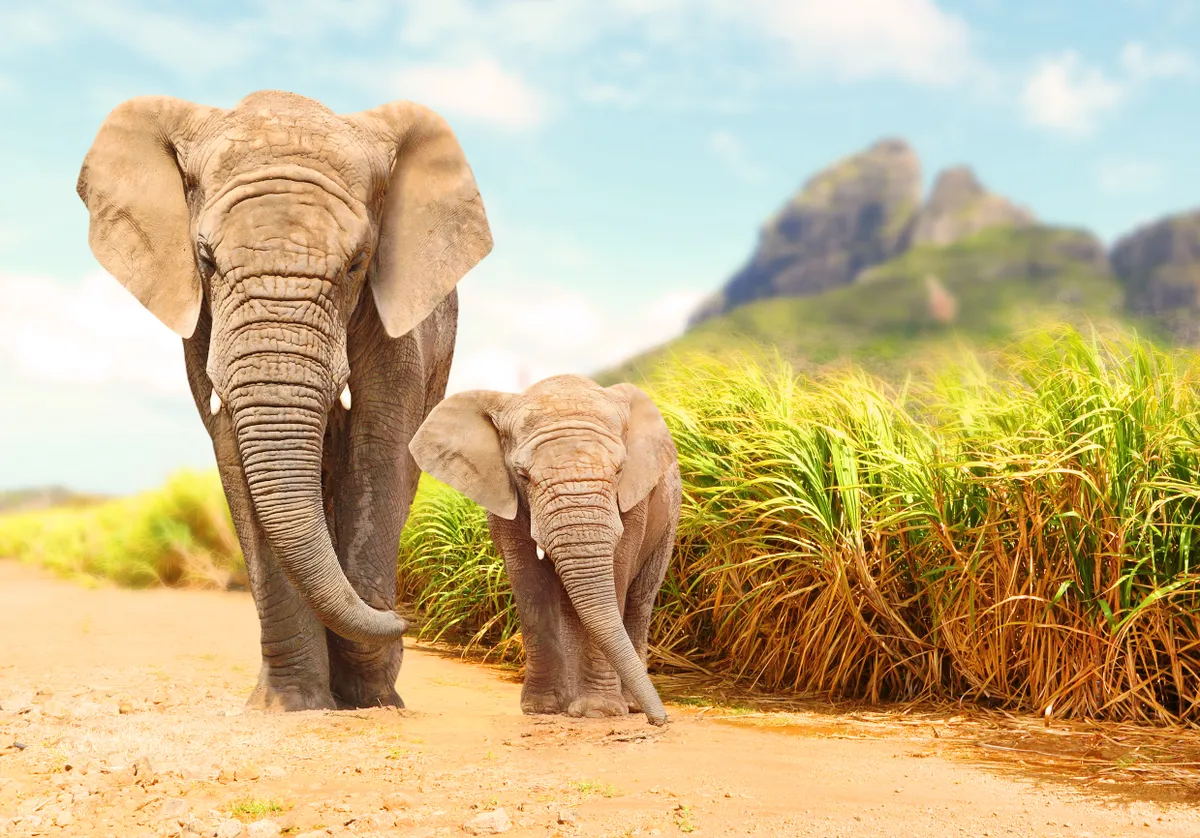Ever wondered how what animal lives the longest on Planet Earth, which mammals have the shortest lifespan, or how the human lifespan compares to other mammals?
1-2 years: Weasel lifespan
Weasels have one of the shortest lifespans of any mammal, living for just one or two years. They make up for their short life by having up to 13 kits in a litter and up to three litters a year.

3 years: Hedgehog lifespan
Hedgehogs are a very popular mammal in the UK and are frequent visitors to our gardens and fields. However, they have very tough lives: half die in their first year, and few live longer than three years.

12 years: Wolverine lifespan
The wolverine is the largest members of the weasel family, and live for up to 12 years. As a longer-lived animal, they stay with their mother until the age of two, when they have matured and can start to breed.

14 years: Tiger lifespan
Tigers on average live for 14 years. Young tigers suffer a high mortality rate, with 50 per cent dying before the age of one.

25 years: Brown Bear lifespan
The iconic brown bear lives for around 25 years. Apart from humans, brown bears have few enemies – in Russia’s Far East, the Siberian tiger is a rare threat.

30 years: Lowland Tapir lifespan
Tapirs are large, robust mammals and live for around 30 years. They may look like a meal for big cats such as jaguars, but they are rarely taken.

35 years: Western Gorilla lifespan
Gorillas mature slowly and breed late – females give birth for the first time at the age of about 10, and have one baby every four years. They live to around 35 years old in the wild, but like other mammals on this list are under threat due to human activity. Combined with their slow reproductive rate, this is a contributing factor to their decreasing population and critically endangered status.

41 years: Brandt's Bat lifespan
As a very general rule, smaller animals tend to have a shorter lifespan. However, Brandt’s bats live extraordinarily long lives considering their size, up to 41 years.

56 years: elephant lifespan
Elephants are unusual among mammals other than humans in having a ‘use’ after they stop breeding – older females help to look after young calves.

80 years: Human lifespan
Humans are the longest-lived land mammal, so are towards the top of the list of long-living mammals. However, we aren't the longest living mammals on Earth by a long way.
200 years: Bowhead Whale lifespan - the longest living mammal
There are a number of marine species that outlive humans, and the mammal species that holds the record for longevity is the bowhead whale, which can live for 200 years - or more.

- Which rodent lives the longest?
- Meet the immortal animals that never die
- 5 ways to live forever: the secrets to why some species can live for a very long time
These facts originally appeared in BBC Wildlife Magazine's The Big Book of Mammals.







